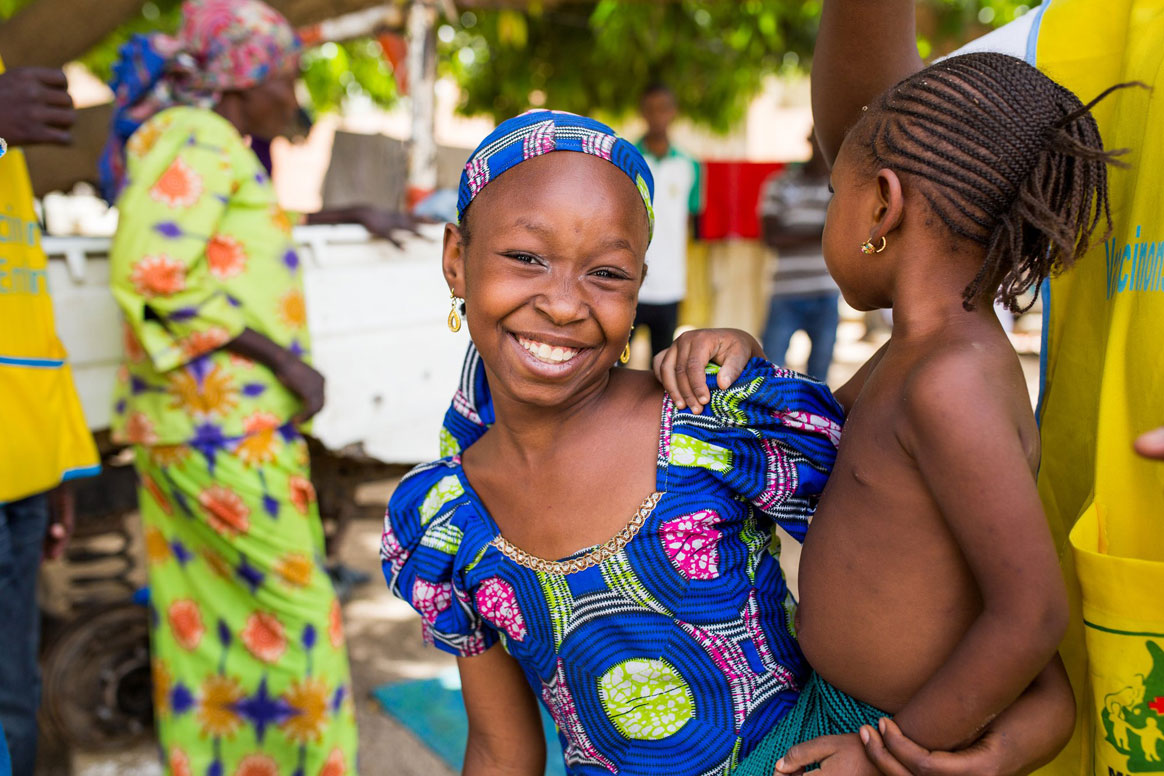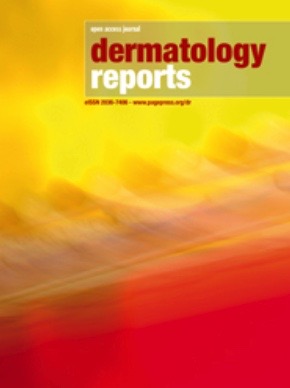Strategic Partnership to Advance Sustainable Development Goal 3 in the Americas
A renewed Framework Agreement between the Pan American Health Organization (PAHO) and Resolve to Save Lives marks a significant advancement in achieving Sustainable Development Goal 3 (Good Health and Well-being) throughout Latin America and the Caribbean. This collaboration is specifically designed to strengthen national capacities for epidemic preparedness and response, directly addressing SDG Target 3.d, which calls for enhanced capabilities in early warning, risk reduction, and management of global health risks.
Framework for Action: The 7-1-7 Target and SDG Alignment
The partnership establishes a regional framework for the implementation and institutionalization of the Early Action Review (EAR) methodology, utilizing the 7-1-7 target as a primary performance metric. This target provides a clear, measurable, and time-bound approach to strengthening health systems in line with SDG 3.
- Detect: Identify potential outbreaks within seven days of emergence.
- Notify: Report potential outbreaks to public health authorities within one day of identification.
- Respond: Mount an effective response to contain the outbreak within seven days of notification.
The adoption of the 7-1-7 metrics, which are now integrated into the Pandemic Fund’s results framework, provides a standardized tool for countries to monitor and improve the timeliness of their public health surveillance and response systems, thereby making tangible progress toward SDG Target 3.d.
Collaborative Implementation and Contribution to SDG 17
This initiative exemplifies SDG 17 (Partnerships for the Goals) by leveraging the unique strengths of a multilateral public health agency and a global non-profit organization. The strategic plan, solidified during a recent visit by Resolve to Save Lives leadership to PAHO Headquarters, outlines a clear division of responsibilities to maximize impact.
- Pan American Health Organization (PAHO) will:
- Spearhead the regional implementation of the 7-1-7 methodology.
- Deliver technical assistance and develop training materials for Member States.
- Promote the integration of these metrics as key performance indicators within national early warning systems, contributing to stronger public institutions as envisioned in SDG 16 (Peace, Justice and Strong Institutions).
- Report on regional progress to its Governing Bodies.
- Resolve to Save Lives will:
- Provide specialized technical expertise and a comprehensive toolkit for 7-1-7 adoption.
- Participate in regional capacity-building initiatives.
- Support data analysis to identify and address gaps in outbreak response.
- Engage in advocacy and stakeholder coordination to foster a collaborative environment.
Expected Outcomes and Long-Term Impact on Regional Sustainability
The shared vision of this partnership is to build a region that is fundamentally more resilient to health emergencies, where countries can respond with speed and efficacy to protect populations. By embedding the 7-1-7 metrics into national health frameworks, the initiative fosters a culture of early action and continuous improvement. This directly contributes to building resilient infrastructure and sustainable communities (SDG 11) by reducing the social and economic disruption caused by epidemics. Ultimately, this collaboration is a critical investment in achieving a safer and healthier future for all, the foundational promise of the Sustainable Development Goals.
1. Which SDGs are addressed or connected to the issues highlighted in the article?
The following SDGs are relevant to the article:
- SDG 3: Good Health and Well-being
- SDG 17: Partnerships for the Goals
Explanation:
- SDG 3 is directly addressed as the core theme of the article is public health, specifically the commitment to “enhancing epidemic preparedness and response capacities” and containing “infectious disease threats” to ensure a “safer, healthier future for all.”
- SDG 17 is central to the article, which describes a “strengthened collaboration” and “regional partnership” between the Pan American Health Organization (PAHO) and Resolve to Save Lives. This collaboration to achieve a common health goal is a clear example of a multi-stakeholder partnership.
2. What specific targets under those SDGs can be identified based on the article’s content?
The following targets can be identified:
-
SDG 3: Good Health and Well-being
- Target 3.d: Strengthen the capacity of all countries, in particular developing countries, for early warning, risk reduction and management of national and global health risks.
Explanation:
The article directly aligns with this target by detailing a partnership aimed at strengthening epidemic response in Latin America and the Caribbean. The initiative focuses on implementing the “Early Action Review (EAR) methodology” and promoting the integration of metrics as “key quality performance indicators for national early warning surveillance systems.” This effort is explicitly designed to enhance the capacity for “early warning, risk reduction and management of… global health risks.”
-
SDG 17: Partnerships for the Goals
- Target 17.16: Enhance the global partnership for sustainable development, complemented by multi-stakeholder partnerships that mobilize and share knowledge, expertise, technology and financial resources, to support the achievement of the sustainable development goals in all countries, in particular developing countries.
Explanation:
The article is a case study for this target. It describes a “Framework Agreement” between PAHO and Resolve to Save Lives, which is a “regional partnership dedicated to implementing and institutionalizing” best practices. The partnership involves sharing “technical expertise,” a “comprehensive tool kit containing training materials, tools, and guidelines,” and supporting “data analysis to identify gaps.” This collaboration to “support countries” in the region perfectly illustrates the mobilization and sharing of knowledge and expertise as described in Target 17.16.
3. Are there any indicators mentioned or implied in the article that can be used to measure progress towards the identified targets?
Yes, the article explicitly identifies a set of indicators.
- The “7-1-7 target”
Explanation:
The article introduces the “7-1-7 target” as a clear, measurable indicator for progress. It is described as the “first real-time, end-to-end assessment of a country’s speed in detecting and containing infectious disease threats.” The article breaks down this indicator into three specific, time-bound objectives that serve as “key quality performance indicators”:
- Detection within seven days of an outbreak.
- Notification within one day of detection.
- Response within seven days of notification.
The article notes that these metrics are used for “evaluating the timeliness of outbreak detection and response” and are being integrated into “national early warning surveillance systems,” making them a direct tool for measuring progress on Target 3.d.
4. Create a table with three columns titled ‘SDGs, Targets and Indicators” to present the findings from analyzing the article.
| SDGs | Targets | Indicators |
|---|---|---|
| SDG 3: Good Health and Well-being | Target 3.d: Strengthen the capacity of all countries, in particular developing countries, for early warning, risk reduction and management of national and global health risks. |
The 7-1-7 Target/Metric:
|
| SDG 17: Partnerships for the Goals | Target 17.16: Enhance the global partnership for sustainable development, complemented by multi-stakeholder partnerships that mobilize and share knowledge, expertise, technology and financial resources. |
Partnership Implementation:
|
Source: paho.org







